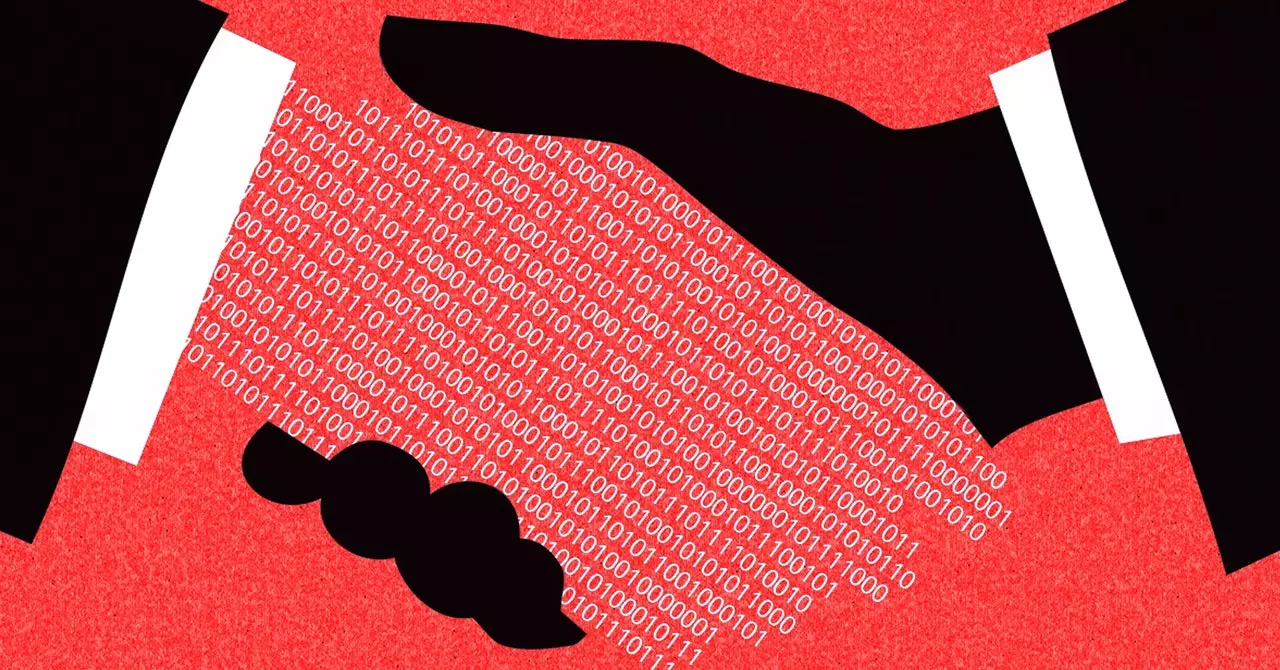In the ever-evolving digital landscape, where artificial intelligence (AI) has emerged as a transformative force, the need for ethical content usage has come to the forefront. Historically, AI companies have utilized vast arrays of data from platforms like YouTube without explicit permission from creators. This trend has not only raised ethical concerns but also highlighted a significant gap in the market where traditional content licensing protocols could be applied. One startup, Calliope Networks, is stepping into this gap with an ambitious initiative known as “License to Scrape.” This program aims to empower YouTube content creators, ensuring they receive fair compensation for the data they provide to AI enterprises.
Calliope Networks is set on establishing a framework that allows creators to monetize their content legitimately while supplying AI companies with the data they crave. The brainchild of Dave Davis, a media licensing veteran, the initiative is driven by the perspective that licensing is not just a formal requirement but an essential evolution in how AI and content interact. Unlike other platforms such as Reddit, which have laid down frameworks to regulate AI scraping, YouTube has remained relatively untouched by these licensing movements. Davis emphasizes that by loading the responsibility of negotiating onto Calliope, creators can streamline the process, making it both efficient and effective.
The “License to Scrape” model operates on a principle that mirrors practices within traditional media sectors. By negotiating blanket licenses, which allow multiple AI companies to tap into aggregated creator content, the initiative aims to create a win-win scenario. For content creators, it opens up diverse revenue streams; for AI companies, it provides them with the substantial datasets necessary to advance their technological goals. This innovative approach inherently shifts the narrative from unauthorized content exploitation to a collaborative business model.
For Calliope to thrive, it will need to rally a significant number of YouTube creators behind its licensing framework. Davis estimates that a critical mass of around 25,000 to 50,000 hours of content will be essential for the initiative to gain traction in the competitive AI landscape. This ambitious recruitment objective emphasizes the importance of collective action among creators; individual negotiations may prove insufficient in today’s data-driven world.
There’s also a noteworthy absence of high-profile endorsements supporting the initiative at this early stage. However, the company has strategically associated itself with influencer marketing firms like Viral Nation, which could act as a catalyst in driving awareness and participation in the program. With nearly 900 YouTubers under its wing, Viral Nation’s involvement may provide the necessary push to demonstrate the practical benefits of the License to Scrape.
The success of Calliope Networks hinges on the broader acceptance of a new operating model within the AI community and among content creators. Davis anticipates that as awareness of the licensing opportunity unfolds, it will encourage other platforms to adopt similar frameworks. In essence, creating an ecosystem where data can be shared ethically and profitably may set new precedents for collaboration between digital creators and AI firms.
Such a development doesn’t just serve to protect creators; it heralds the dawn of a more sustainable approach in the AI sector. By ensuring content creators are compensated, the industry can secure long-term partnerships that reinforce the quality and quantity of data available for training generative AI models. This cooperative endeavor could reshape the digital economy, bolstering innovation while respecting the rights and contributions of content creators.
As Calliope Networks forges ahead with its “License to Scrape” initiative, it faces both significant challenges and promising opportunities. By aligning the interests of AI companies and video creators, it aims to establish a new paradigm for data usage in the digital age, representing a progressive step toward mutual benefit in the rapidly advancing world of artificial intelligence.

